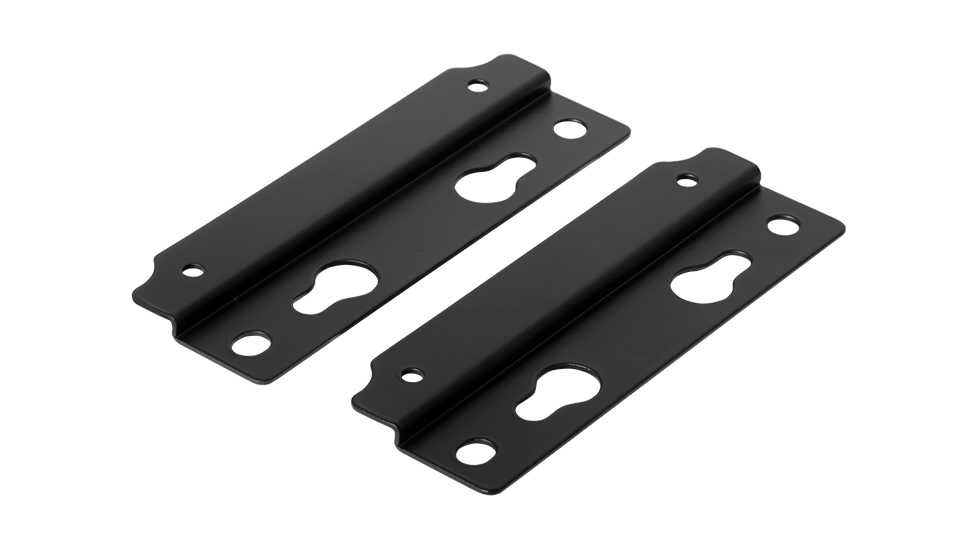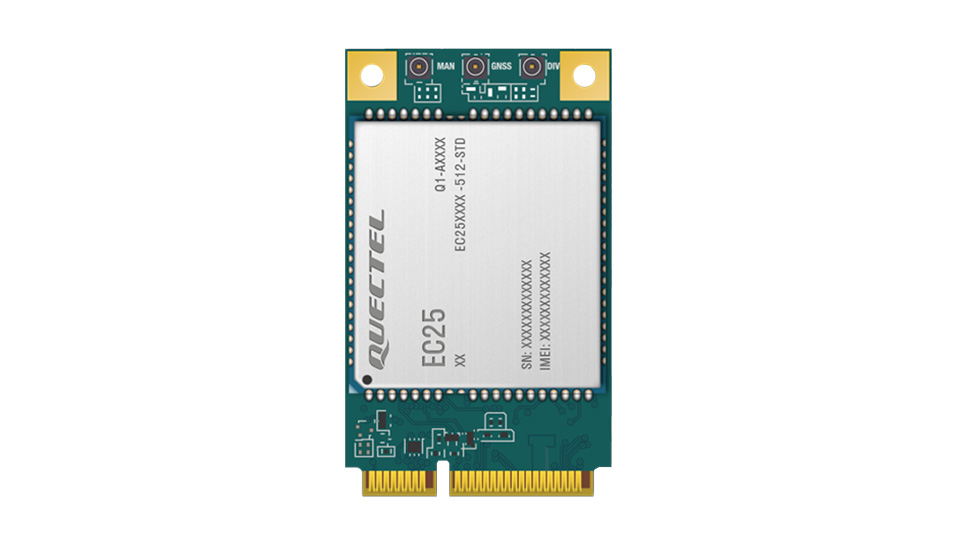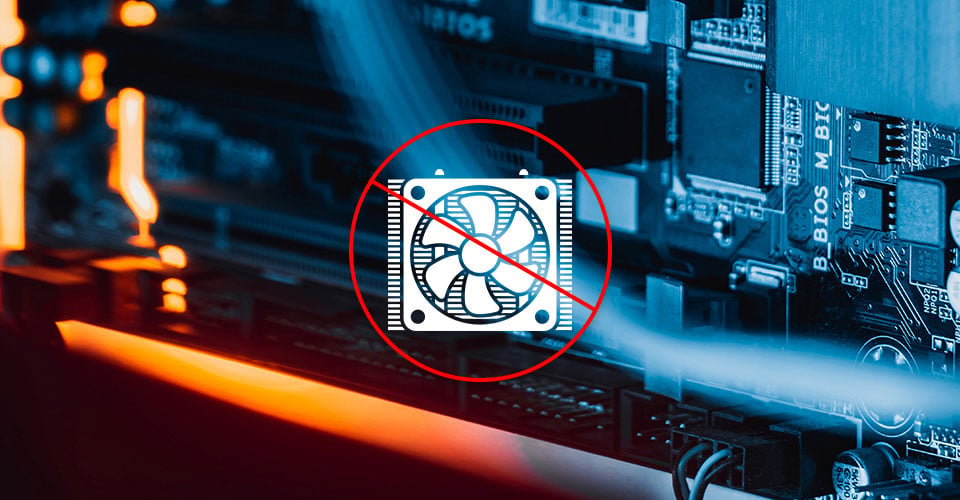
Digital signage has revolutionized the way we communicate and interact with information. Leveraging embedded computer solutions, digital signage networks can deliver captivating visual content across a broad range of installations.
These compact computers are engineered to operate reliably in demanding settings. They specifications include high-performance processors, ample memory, and integrated graphics, enabling the smooth playback of multimedia content.
Moreover, embedded computer solutions for digital signage are often equipped with communication interfaces, allowing seamless integration with existing systems and remote control.
- Opting the right embedded computer solution depends on factors such as the size and complexity of your digital signage network, the type of content you intend to display, and your budget constraints.
- Evaluating these factors will help you identify the most suitable embedded computer platform to meet your specific requirements.

Digital Signage Players : Powering Modern Communication
In today's dynamic environment, effective communication is paramount. Organizations are constantly seeking innovative ways to engage their audiences and convey information in a compelling manner. Here comes digital signage players, the powerful hardware that bring dynamic content to life on screens of all sizes.
These versatile tools allow for seamless integration of graphics, providing captivating and informative experiences for viewers. From vibrant advertisements to interactive menus, digital signage players empower companies to maximize customer engagement and brand recognition.
- ,Furthermore
With their ability to display dynamic content, digital signage players offer a flexible solution for a wide range of applications. Regardless of it's informing customers in retail settings, guiding visitors in museums, or displaying promotional messages in public spaces, these units provide a impactful and engaging communication channel.
Industrial PCs : Durability for Harsh Environments
In demanding industrial settings where temperature fluctuations, vibration, and dust are commonplace, traditional PCs often fall short. Industrial PCs (IPCs), however, are engineered to conquer these challenges. Built with ruggedized modules, IPCs can operate reliably in environments that would cripple standard computers.
Features such as dust-tight enclosures, wide temperature ranges, and shock-resistant designs ensure uninterrupted performance. IPCs are essential for applications in manufacturing, automation, energy, transportation, and other industries where continuous operation is paramount.

- Furthermore, IPCs often feature specialized I/O interfaces and connectivity options tailored to industrial protocols and devices.
- Consequently, they provide a robust and reliable platform for controlling, monitoring, and gathering data in real-time.
Embedded System Architectures
Embedded systems design and development encompass a diverse range of tasks, from initial concept conception to the deployment of robust and reliable hardware-software solutions. Engineers must possess a deep understanding of both hardware and software principles, encompassing microcontrollers, real-time operating systems, and embedded programming paradigms. The design process often involves cyclical prototyping, where engineers continuously test and refine their designs to guarantee optimal performance, reliability, and power efficiency.
Ul
liSystem requirements analysis
liMicrocontroller selection and programming
liReal-time operating system integration
liPerformance optimization
Embedded systems play a vital role in a wide variety of applications, from consumer electronics to industrial automation and medical devices. As technology continues to evolve, the field of embedded systems design and development will undoubtedly grow, offering exciting opportunities for innovative engineers.
The Future of Embedded Computing in Industrial Automation

The landscape of embedded computing is poised to revolutionize industrial automation. Driven by advancements in microprocessors, sensor technologies, and connectivity, embedded systems are becoming increasingly sophisticated, enabling manufacturers to optimize production processes, enhance efficiency, and reduce downtime. From predictive maintenance to real-time process monitoring, embedded computing is facilitating a new era of intelligent automation.
- , In addition,Furthermore, the rise of cloud computing and Industry 4.0 trends is creating increasing demands for highly interconnected embedded systems, facilitating data-driven decision making and integrated operations across production ecosystems.
- , As a result,Therefore, the future of embedded computing in industrial automation is bright. We can anticipate continued innovation in areas such as artificial intelligence, machine learning, and edge computing, more transforming the way we produce

Boosting Performance in Digital Signage Displays
To ensure your digital signage displays deliver a captivating and effective message, it's crucial to optimize their performance. Initiate by selecting high-quality displays with powerful processors and ample memory for smooth playback of visuals. Regularly update your display's software to benefit from the latest enhancements.
Integrate a content management system (CMS) that allows for easy scheduling, updates, and monitoring of your signage. Consider aspects such as brightness, contrast, and viewing angle when positioning your displays in high-traffic areas. To minimize downtime, establish a support plan that includes regular diagnostics. By taking these steps, you can guarantee your digital signage delivers a seamless and impactful experience for your audience.
Picking an Embedded Computer: Key Considerations
Embedded computer systems are unique computing devices built to perform specific tasks within a larger system. When identifying an embedded embedded computer computer, several key factors must be carefully evaluated. First and foremost is the purpose for which the embedded computer will be utilized.
Understanding the required processing power, memory capacity, and input/output interfaces guides the selection of the appropriate hardware platform. Moreover, environmental limitations such as temperature range, vibration levels, and electromagnetic interference must be accounted for in the implementation process.




The firmware requirements also play a crucial role in the selection process. Integration with existing systems and tools is essential for efficient integration. Finally, factors such as price, availability, and maintenance should be carefully weighed to ensure a optimal outcome.
Case Studies: Real-World Applications of Embedded Systems
Embedded systems are ubiquitous, powering a diverse range of applications in our daily lives. Exploring these real-world implementations provides valuable understanding into the capabilities and limitations of embedded technology. This article delves into several compelling case studies that showcase the concrete impact of embedded systems across various industries. From smart consumer devices to robust industrial machinery, these examples highlight the versatility and importance of embedded systems in shaping our modern world.
- One prominent case study involves the development of an cutting-edge automotive system that incorporates multiple embedded processors to manage functions such as routing, driver assistance, and emissions reduction.
- In the healthcare sector, embedded systems play a crucial role in medical devices, enabling accurate patient monitoring, drug dosing, and minimally invasive procedures.
These case studies demonstrate the profound impact of embedded systems on our lives. As technology continues to evolve, we can expect to see even more innovative applications of embedded systems in the future.
Birth of an Embedded System
Developing an embedded system is a complex process that spans several stages, each crucial for bringing your vision to life.
It all begins with the conception/ideation/formulation phase, where you define the system's purpose and specifications/requirements/parameters. Once these are established, the design stage entails/involves/demands meticulous planning of hardware components, software architecture, and communication protocols. After careful simulation/modeling/prototyping, the design undergoes rigorous testing/evaluation/validation to ensure its functionality and reliability.
The next step is production, where the system's hardware/elements/modules are manufactured/assembled/fabricated. Subsequently, the software is optimized/integrated/loaded onto the hardware platform. Finally, the deployed system undergoes monitoring/maintenance/upkeep to ensure its continued performance and adaptability/scalability/evolution.
Advanced Technologies in Embedded Computing Platforms
Embedded computing platforms are evolving rapidly, powered by cutting-edge technologies that enhance performance, efficiency, and functionality. Modern processors with multiple cores and advanced architectures provide the computational muscle for demanding applications. Cache technologies are also advancing, offering increased capacity and speed to handle large datasets. The integration of sensors allows embedded systems to interact with their environments in complex ways. Furthermore, advancements in communication enable seamless data exchange and collaboration between devices. These developments are shaping the future of embedded computing platforms, opening up new possibilities in diverse fields such as industrial automation.
Implementing Embedded Computers into Digital Signage Networks
The realm of digital signage steadily evolves with advancements in technology. One such revolution is the incorporation of embedded computers into these networks. Embedded devices provide a robust platform for managing and displaying content, offering a variety of benefits. These benefits include enhanced interactivity, real-time data synchronization, and adaptable content delivery. Moreover, embedded computers facilitate the use of advanced functionalities such as tracking and cloud-based operation.
As a result, integrating embedded computers into digital signage networks offers a viable solution for businesses seeking to optimize their signage strategies. By harnessing the potential of these compact and efficient devices, organizations can create engaging digital signage experiences that resonate audiences.